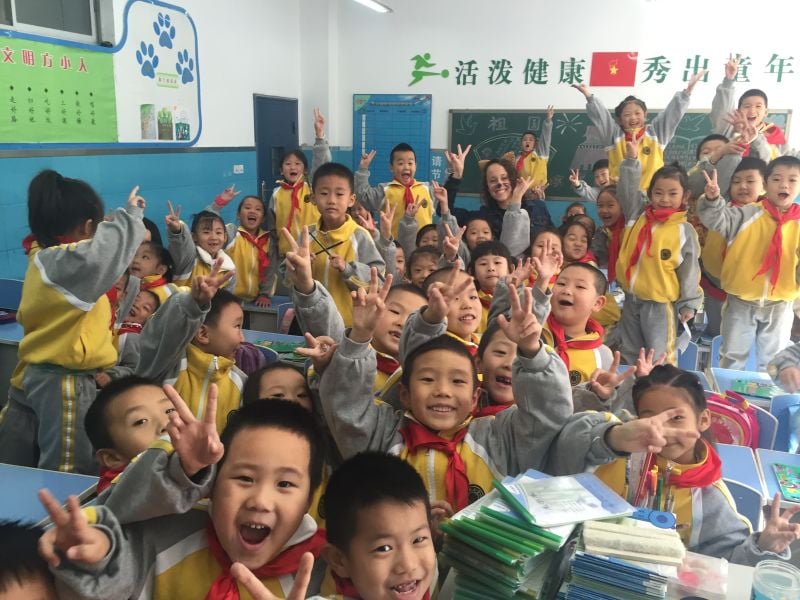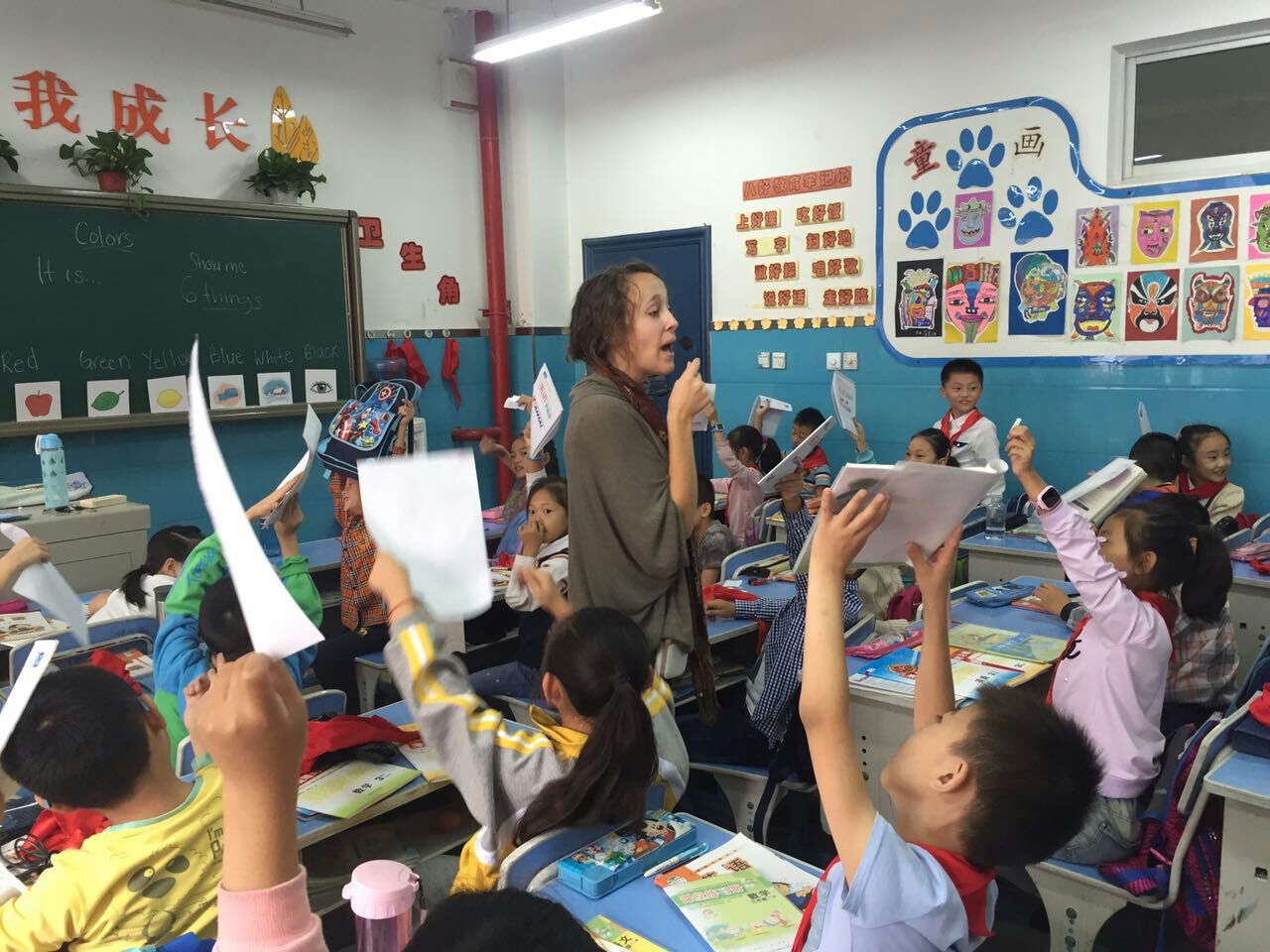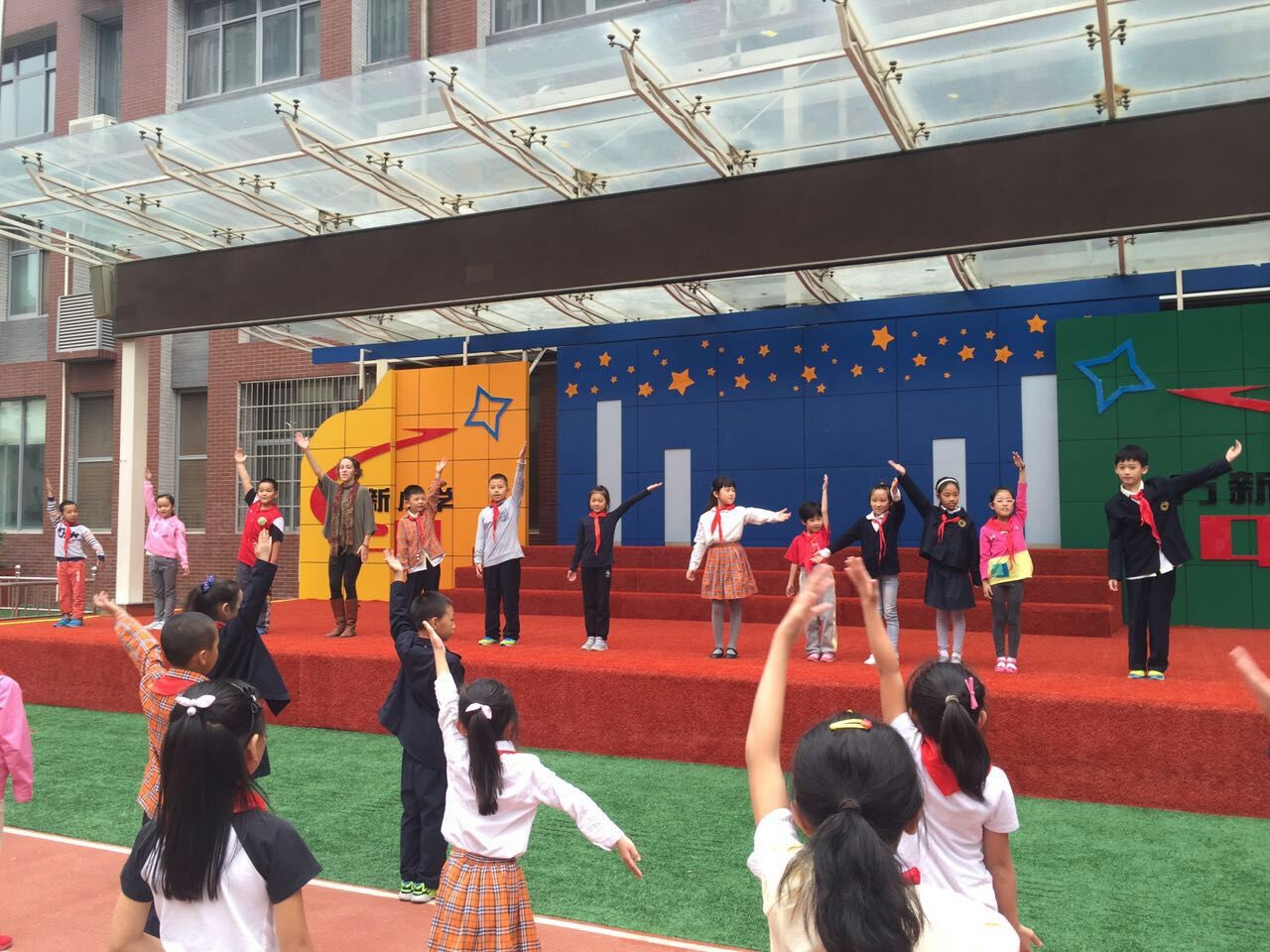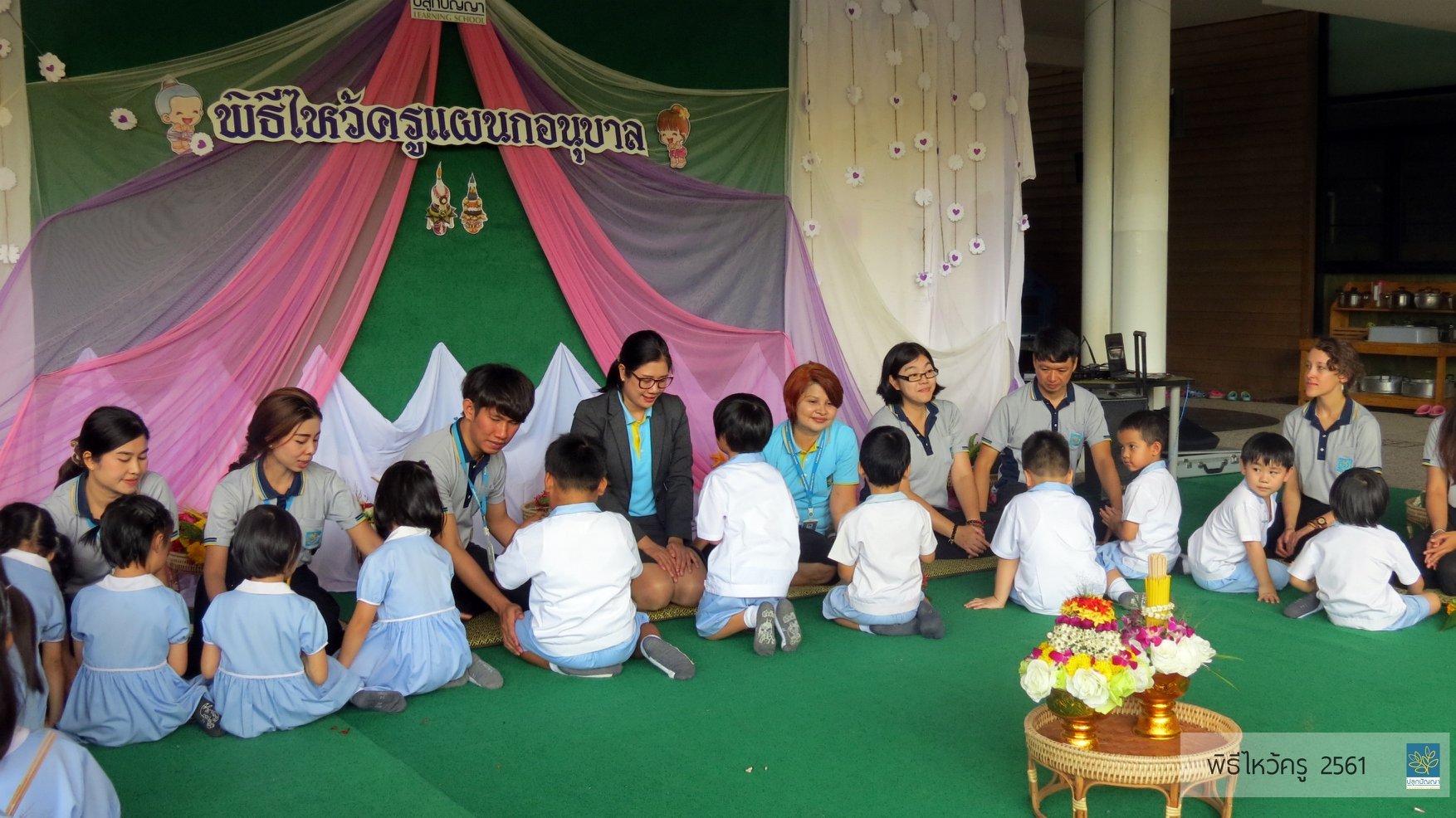Chinese vs American Schools

It’s hard to believe I’ve been teaching in China for nearly four months. By now, I’ve gotten into the groove of lesson planning and seeing 2,000 students every week... Okay, maybe the latter isn’t completely true. Either way, I’ve noticed so many fascinating differences between classes here and classes back home in the States. Here are some of my thoughts:
*Note: these thoughts are solely based on my personal experiences, experiences of other Western teachers in China, and stories my Chinese colleagues have told me. I’m by no means an expert on the subject— I’m simply sharing my perspective.
1. Class Size
Growing up, I never had more than 25 other students in my class. Here, that number is rare. Classes from primary school to high school average to about 60 students per class. I didn’t even have a class that large in college...

Having 60 children in a classroom not only makes disciplining students extremely difficult, it also limits the variety of activities you can do with them. I can’t do an activity that involves too much moving around because the classroom space doesn’t allow for it. I still try to do something that involves the entire class, but with 60 primary-age students, it takes some serious “outside the box” thinking.
The worst part is that I’m never going to truly get to know a class of 60 students, especially when I see 2,000 every week (neither is any other teacher, for the matter). It’s impossible to focus on students who may need extra guidance— there just isn’t enough time or resources to keep up with the student volume.
2. Classroom Expectations
Like any school in America, students in China are expected to behave and treat everyone with respect. Unlike most schools in America, students here are expected to erase the chalkboard after each class, take out their classroom trash, sweep the stairwells, mop the hallways, help carry books and papers back to teachers’ offices... The list goes on.
There are also certain students who are selected to be the leaders of not only their classroom, but of the entire school. Our school’s colors are red and gold, so these students are given a red and gold sash to wear over their school uniform. Aside from their classroom duties, they leave class 5 minutes early to assist with schedule transitions and to help send off students at the front gate. They’re given lots of responsibility, but they surely don’t take it for granted.
These sorts of expectations show in how my students behave, in a good way. I can’t even begin to count the number of handmade gifts, stickers, and snacks they’ve given me. Just last week, I asked one of my classes to sing “Happy Birthday” to my mom so I could send a video to her. A student in the class wished he had known it was my mom’s birthday ahead of time so he could have made her a gift.

This kind of genuine selflessness and willingness to give to others is so transparent in each and every one of my students. While it seems to be an evident cultural trait, I think it may have something to do with the responsibility they’re taught in the classroom.
3. Pressure to Focus on Studies (And Nothing Else)
The pressure students feel here from their teachers, their peers, and, of course, their families is heartbreaking. Going to school from 7:30 in the morning to 5:30 in the evening isn’t enough— many students go to educational after-school programs and private schools on the weekends. They have mountains and mountains of homework that never seem to end, but when evenings and weekends are spent in the classroom, they have very little time to spend doing what they enjoy... Unless it's during a mid-morning break and we're teaching them the "Banana Song" (pictured below).

Over lunch a few weeks ago, I was having a conversation with one of my Chinese colleagues. She was curious if students in America feel this level of pressure to always “study, study, study!”
I thought American students do, in a way, feel a similar pressure, but it isn’t necessarily to focus on their studies. I explained how, in America, athletes are most often held on a higher pedestal than students who do exceptionally well in school. I talked about university scholarships— how students are monetarily rewarded for their skills on the field, rather than their skills in the classroom. My fellow Chinese teacher was shocked to hear this. Of course, she explained, students enjoy and are encouraged to play sports, but the emphasis is always on their academic studies.
4. Testing
Without a doubt, standardized testing is huge in America, and it seems to be equally true in China. However, one of the biggest differences is the Chinese National College Entrance exam (gaokao) all high school students have to take if they want to go to college.
Students gather to take the exam over a two-day period. The exam covers math, Chinese, and English... Yup, you read that right— a big section of the exam tests students’ knowledge of a second language. Students only have two chances to take the exam. If they fail both times, they can’t go to university and are limited in career opportunities. In other words, this exam decides their future.
When I first learned about this exam, I was blown away. I was never a great test-taker, so I would never be able to take it, let alone pass an exam of this caliber. I think many American students would feel the same, too. This exam truly puts our education system into a different light.
5. (Lack of) Organization
From a Western perspective, this is, by far, the most frustrating thing about working at a school in China. In an American school, schedules are planned. Teachers and students know when their breaks are at the beginning of the school year. They know when school events are held and when school trips take place. They even know when the school year ends (with snow days accounted for and all).
Here, it’s the complete polar opposite. To shed light on this, let me give you some examples I’ve experienced:
-
About a month ago, we found out on a Tuesday (one day before we were supposed to leave) that we would be going on a school trip. Even then, the details of the trip were a bit wishy-washy— we didn’t have a clear idea where we were going, we didn’t know if we would be provided lunch, and we didn’t know when we would be back to campus.
-
We found out about our students’ mid-term exams the week they were supposed to take place. Although we don’t give our students exams, having three days off in the middle of the week threw off our lesson plans and our own schedules.
-
As we moved into the month of December, we didn’t know when our term was supposed to end. We asked our Foreign Affairs Officer and other teachers in our department, but none of them knew. And this wasn’t just at our school— other Western teachers in other schools throughout the country didn’t know when their term ended either. This proved to be quite a headache when we tried to plan our winter holiday. We didn’t know when we could book a flight to leave, we didn’t know when we should be back in the classroom, and we didn’t know if we had any obligations during the holiday that would require us to be in school.

At the end of the day, these are merely differences. There's no right, there's no wrong, there's no standard of how things should be done. Of course, I wish the school system could be a bit more organized, but that's just how things work here.
"I think on some level, you do your best things when you're a little off-balance, a little scared. You've got to work from mystery, from wonder, from not knowing." Willem Dafoe
When I decided to teach in China, I never thought I'd be standing in front of 2,000 students each week. I never thought I'd see such gratitude, yet such exhaustion in my students' eyes. I never thought I'd see six year-olds preparing for mid-term exams. I never thought I'd be told Sunday night that school was canceled the next day because the air quality is so hazardous. I never thought a classroom full of children could be so excited to see me.
But hey, sometimes the best things really do happen when you embrace the unknown.


